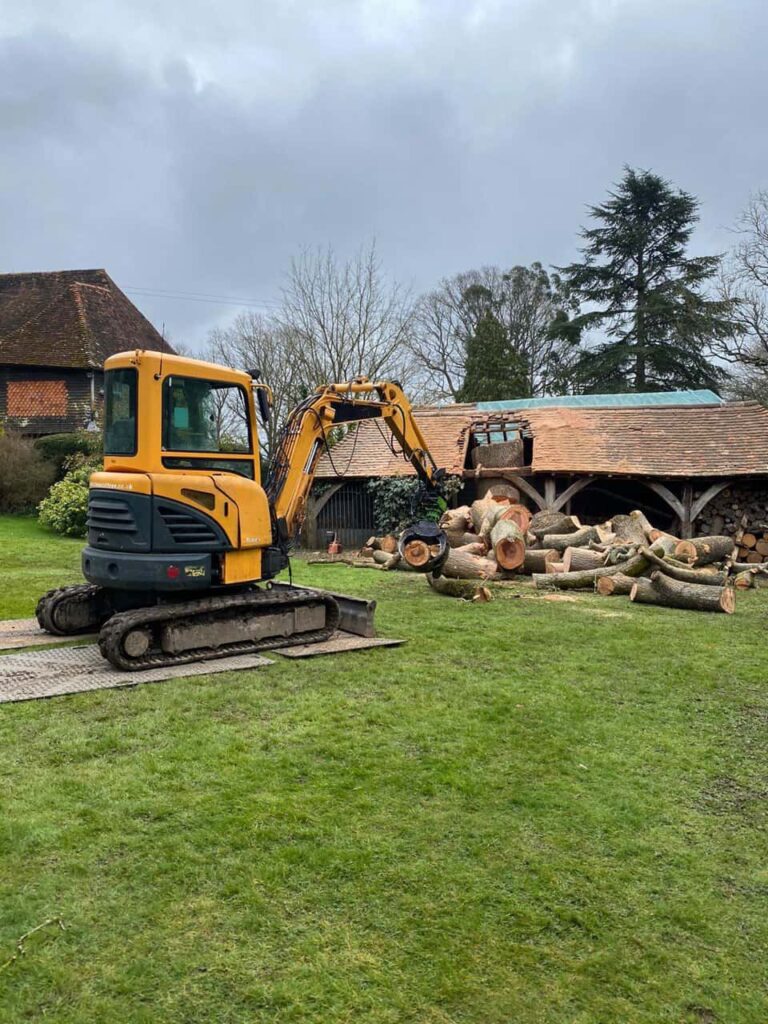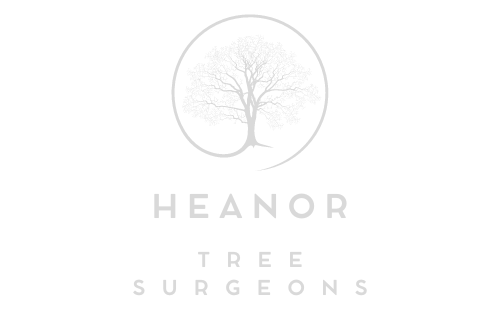Pruning vs. Trimming: Understanding the Key Differences
Introduction: Regarding tree care, “pruning” and “trimming” are often used interchangeably, but they refer to two distinct practices. Each serves a specific purpose and requires different techniques. At Heanor Tree Surgeons, understanding the differences between pruning and trimming is essential for proper tree care. In this blog post, we’ll explore the definitions of pruning and trimming and the specific techniques involved in each.
Pruning: Shaping for Health and Growth
Pruning is a tree care practice focused on selectively removing branches to improve tree health, structure, and growth. The primary goals of pruning include:
- Promoting Tree Health: Removing dead, diseased, or damaged branches helps prevent the spread of disease and decay throughout the tree. Pruning also encourages the growth of new, healthy branches and foliage.
- Improving Tree Structure: Pruning helps shape the tree’s canopy and promotes proper branching patterns. By removing crowded or crossing branches, arborists can improve air circulation and reduce the risk of branch failure.
- Enhancing Aesthetic Appeal: Pruning can enhance the natural beauty of trees by shaping them to fit their surroundings. This may involve removing excess growth to reveal the tree’s natural form or creating a specific shape or silhouette.
Common Pruning Techniques:
- Crown Thinning: Remove branches throughout the canopy to increase light penetration and air circulation.
- Crown Raising: Removing lower branches to provide clearance for pedestrians, vehicles, or structures.
- Crown Reduction: Targeted removal of branches to reduce the overall size and density of the canopy.
- Deadwooding: Removing dead or dying branches to improve safety and prevent disease spread.
Trimming: Maintaining Size and Shape
Trimming, also known as pruning to some, typically refers to cutting back branches to maintain the size, shape, and appearance of trees. While trimming involves removing branches, its primary focus is aesthetics rather than tree health or structure. The main objectives of trimming include:
- Controlling Size: Trimming helps keep trees manageable and prevents them from encroaching on structures, power lines, or other landscaping features.
- Enhancing Appearance: Trimming can improve the overall appearance of trees by shaping them to fit their surroundings or removing overgrown or unsightly branches.
- Removing Hazardous Branches: Trimming may involve the removal of branches that pose safety hazards, such as dead or overhanging limbs.
Key Differences:
- Purpose: Pruning is primarily done for trees’ health and structural integrity, while trimming focuses on maintaining size, shape, and appearance.
- Techniques: Pruning involves the selective removal of specific branches based on their health, structure, or growth patterns, whereas trimming typically involves cutting back branches to achieve a desired size or shape.
- Outcome: Pruning improves tree health, structure, and longevity while trimming primarily affects the tree’s appearance and size.
Conclusion: While pruning and trimming are both important aspects of tree care, it’s essential to understand their distinct purposes and techniques. Whether you’re looking to promote tree health, improve aesthetics, or maintain size and shape, experts can provide expert advice and services tailored to your needs.
Call us on: 01773 300 996
Click here to find out more about Heanor Tree Surgeons
Click here to complete our contact form and see how we can help with your tree’s needs.

